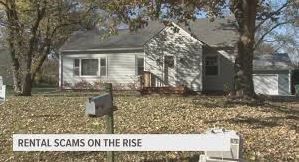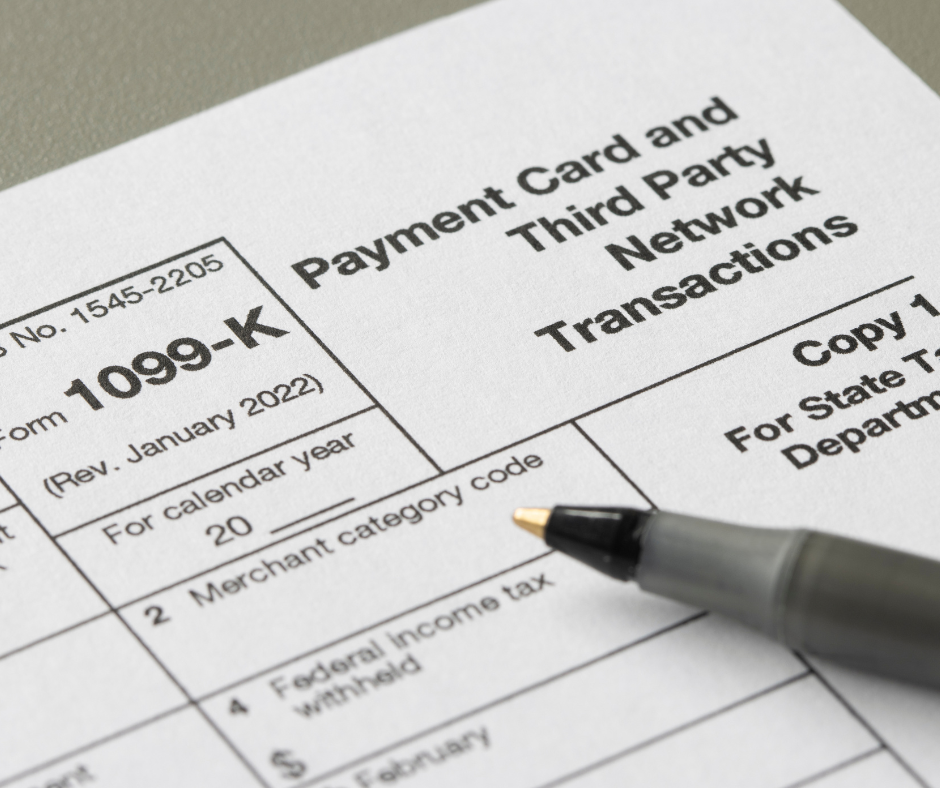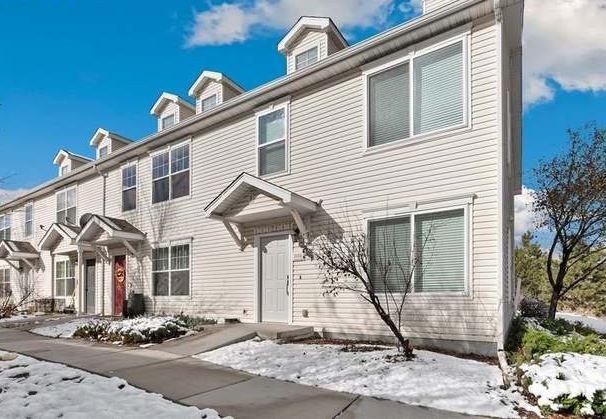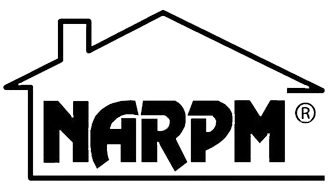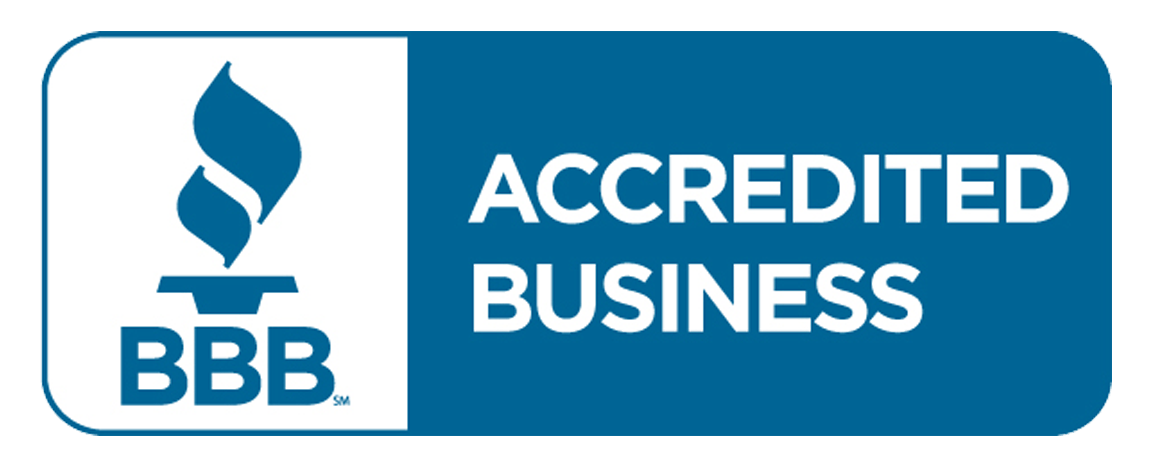When Should You Invest in Upgrading Rental Properties?
Investing in Rental Property: When and How to Upgrade
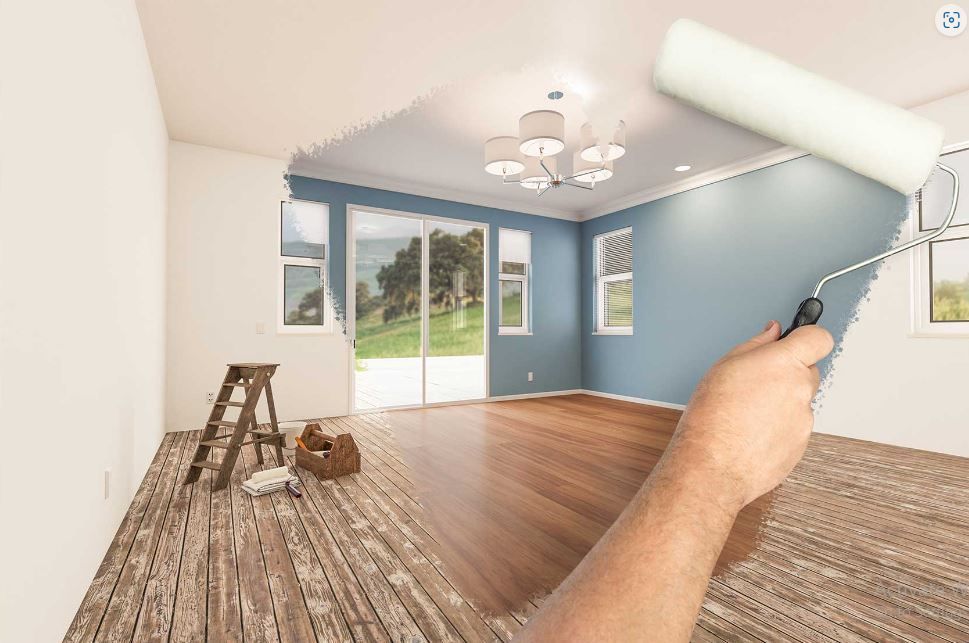
Purchasing a rental property is an excellent way to generate passive income. However, attracting and retaining quality tenants is essential for maintaining a positive cash flow. One effective strategy is to periodically upgrade your property to keep it appealing and fresh. But how do you know when it's time to make these upgrades, and which improvements will be most beneficial? In this article, we’ll explore everything you need to know about upgrading your rental property.
Article Overview:
- Why Upgrade Your Property?
- When to Invest in Upgrades
- Top Rental Property Upgrades
- Upgrades to Avoid
Why Upgrade Your Property?
Owning a rental property offers numerous benefits, and regular upgrades can greatly improve your investment’s success. As property managers in Philadelphia, we understand how crucial it is to attract and keep quality tenants. Upgrading your property can have a significant impact. Here are some key advantages:
- Higher Tenant Retention: Tenants prefer well-maintained properties. Regular maintenance, modern fixtures, and appealing amenities can help keep high-quality tenants satisfied.
- Increased Property Value: Upgrades not only boost your rental value but also enhance the overall market value, potentially allowing you to charge higher rents or sell for a profit.
- Reduced Maintenance Costs: Certain upgrades can simplify maintenance and reduce the frequency of repairs, saving you money in the long run.
- Market Competitiveness: Upgraded rentals tend to attract a broader range of tenants willing to pay more for modern conveniences.
When to Invest in Upgrades
You understand that upgrades are important, but when is the right time to implement them? Sometimes it’s obvious, like when you notice significant damage, while other situations may require more consideration. Here are some indicators it might be time for an upgrade:
- Outdated Features: If your property hasn’t seen updates in a while, it may not appeal to tenants compared to newer rentals. Upgrading appliances, flooring, or fixtures can enhance its attractiveness.
- Rising Maintenance Costs: If you’re repeatedly fixing the same issues, it might be more economical to replace those items rather than continuously spending on repairs.
- Frequent Tenant Turnover: High turnover could indicate your property isn’t meeting modern standards. Simple upgrades can help attract and retain tenants.
- Energy Inefficiency: High utility bills for you or complaints from tenants about energy costs might mean it's time to invest in energy-efficient solutions.
- Competition with Newer Rentals: If nearby properties boast modern features you lack, it may be time to upgrade to stay competitive.
Top Rental Property Upgrades
Upgrades don’t need to be costly or extravagant. Here are some effective options that can refresh your rental’s appeal:
- Repainting Walls: A fresh coat of paint is one of the simplest ways to revitalize a space. Opt for light, neutral colors to create a bright and spacious feel.
- Installing New Flooring: Replacing old carpets with luxury vinyl tile can dramatically improve aesthetics without breaking the bank.
- Upgrading Lighting Fixtures: Installing energy-efficient lighting options enhances appeal and can lower utility costs for tenants.
- Updating Countertops and Cabinets: Modernizing the kitchen with updated countertops and cabinets can significantly improve the property’s look and feel.
- Buying New Appliances: Consider upgrading older appliances gradually. Focus on essential items like dishwashers or in-unit laundry facilities.
Upgrades to Avoid
Not all upgrades are worth the investment. Here are some that may not yield good returns:
- Excessive Landscaping: While curb appeal matters, complex landscaping may deter tenants who prefer low-maintenance options.
- Hardwood Flooring: Although attractive, hardwood can be expensive and requires professional installation.
- Luxury Appliances: While new appliances are appealing, opting for high-end models may not be necessary and could strain your budget, especially if managing multiple properties.
By understanding the right times and strategies for upgrading your rental property, you can enhance its value and appeal while attracting and retaining quality tenants.
Share this post
